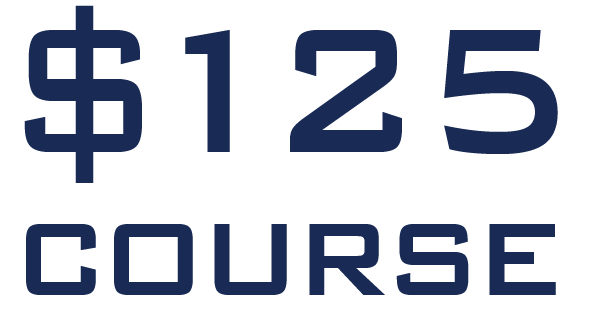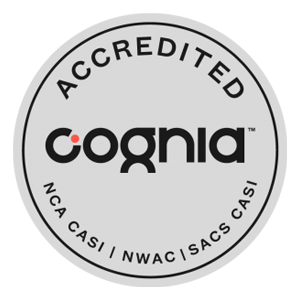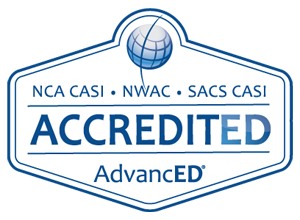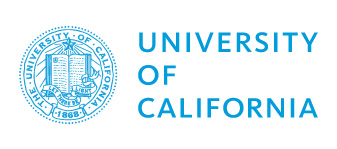
ALGEBRA 2, PART 2
Price: $125 | Credits: One Semester | Dept: Math | Course ID# 222-2
This course is the second semester of Algebra 2 and builds upon the skills and knowledge gained from the first semester. The course includes the topics: Exponential and Logarithmic Functions; Rational Functions; Radical Functions; Trigonometric Functions and Identities; Statistics. Algebra 2 is approved by the University of California A-G as mathematics (category C).
Upon completion of this course, the student is awarded 5 credits. Each credit corresponds to 15 hours of study. Of course, some students work more quickly than others, and some can devote more hours to study, so some students are able to complete the course at an accelerated rate.
LEARNING OBJECTIVES
In this module, students gain a comprehension of the following:
- What exponential and logarithmic functions look like and how to graph and transform them.
- How to apply properties of logarithms to expand, condense, and simplify expressions.
- How to solve exponential and logarithmic equations using algebraic strategies.
- How to model real-world situations using exponential growth, decay, and regression.
- How to evaluate and analyze geometric sequences, including those with infinite terms.
- How to recognize and model direct, inverse, and joint variation in real-life contexts.
- How to simplify, multiply, divide, add, and subtract rational expressions.
- How to solve rational equations and inequalities and interpret excluded values.
- How to graph rational functions and identify intercepts, holes, asymptotes, and domain restrictions.
- How to evaluate and simplify radical expressions, including those with higher-order roots.
- How to convert between radical form and rational exponents.
- How to perform operations with radical expressions and rationalize denominators.
- How to solve radical equations and check for extraneous solutions.
- How to graph square root and cube root functions and describe their domain and range.
- How to use sine, cosine, and tangent to solve right triangles.
- How to convert between radians and degrees.
- How to use the unit circle to evaluate trigonometric expressions.
- How to graph sine, cosine, and other trigonometric functions and identify their key features.
- How to apply fundamental, sum/difference, and double/half-angle identities to simplify trig expressions.
- How to use the normal distribution, mean, and standard deviation to analyze data.
- How to identify populations, samples, and write hypotheses for surveys and experiments.
- How to choose and apply appropriate sampling methods while minimizing bias.
- How to design experiments using randomization, control groups, and replication.
- How to make inferences about proportions and treatment effects using simulations and sample data.
TOPICS COVERED
- Exponential Growth and Decay
- Logarithms and Logarithmic Functions
- Properties of Logarithms
- The Natural Base e
- Transformations of Exponential and Logarithmic Functions
- Solving Exponential and Logarithmic Equations
- Modeling with Exponential and Logarithmic Functions
- Geometric Sequences and Series
- Variation
- Multiplying and Dividing Rational Expressions
- Adding and Subtracting Rational Expressions
- Solving Rational Equations and Inequalities
- Graphing Rational Functions
- nth Roots
- Properties of Rational Exponents and Radicals
- Graphing Radical Functions
- Operations with Radical Expressions
- Solving Radical Equations
- Right Triangle Trigonometry
- Angles & Radian Measure
- The Unit Circle
- Graphing Sine and Cosine Functions
- Graphing Other Trigonometric Functions
- Fundamental Trigonometric Identities
- Sum and Difference Identities
- Double-Angle and Half-Angle Identities
- The Normal Distribution
- Populations, Samples, and Hypotheses
- Collecting Data
- Experimental Design
- Making Inferences from Sample Surveys
- Making Inferences from Experiments
























